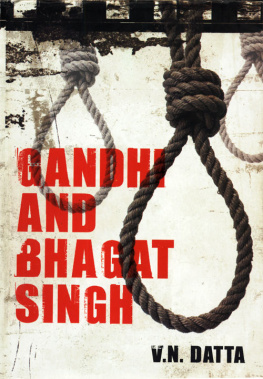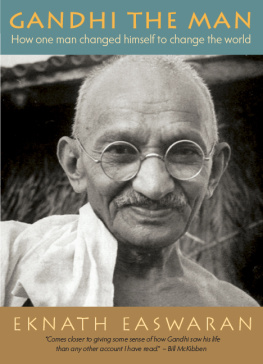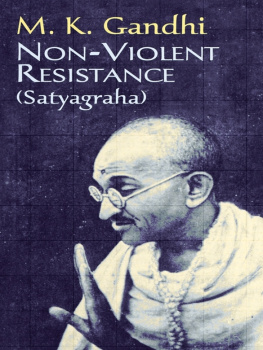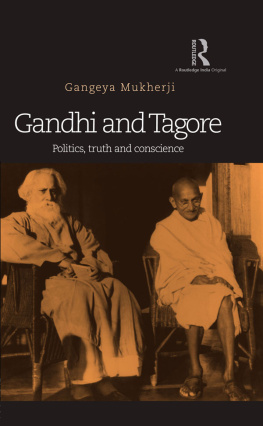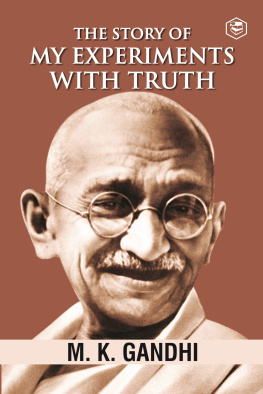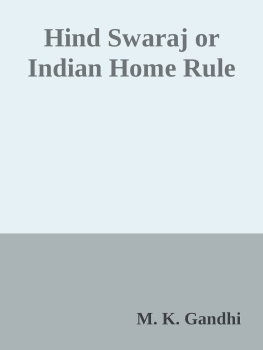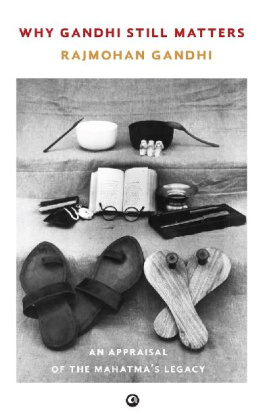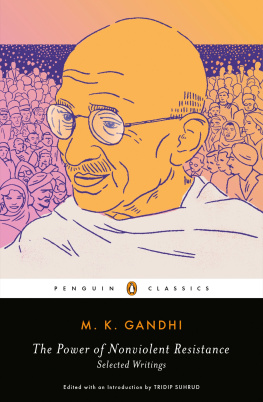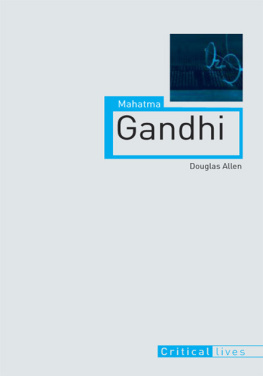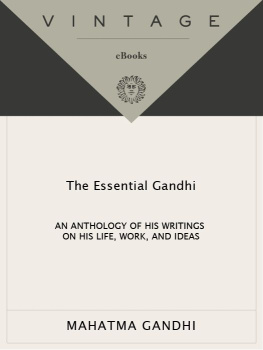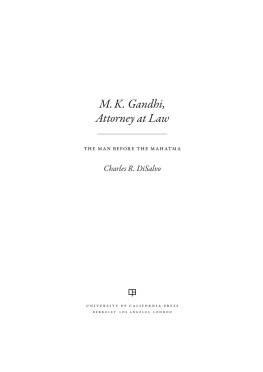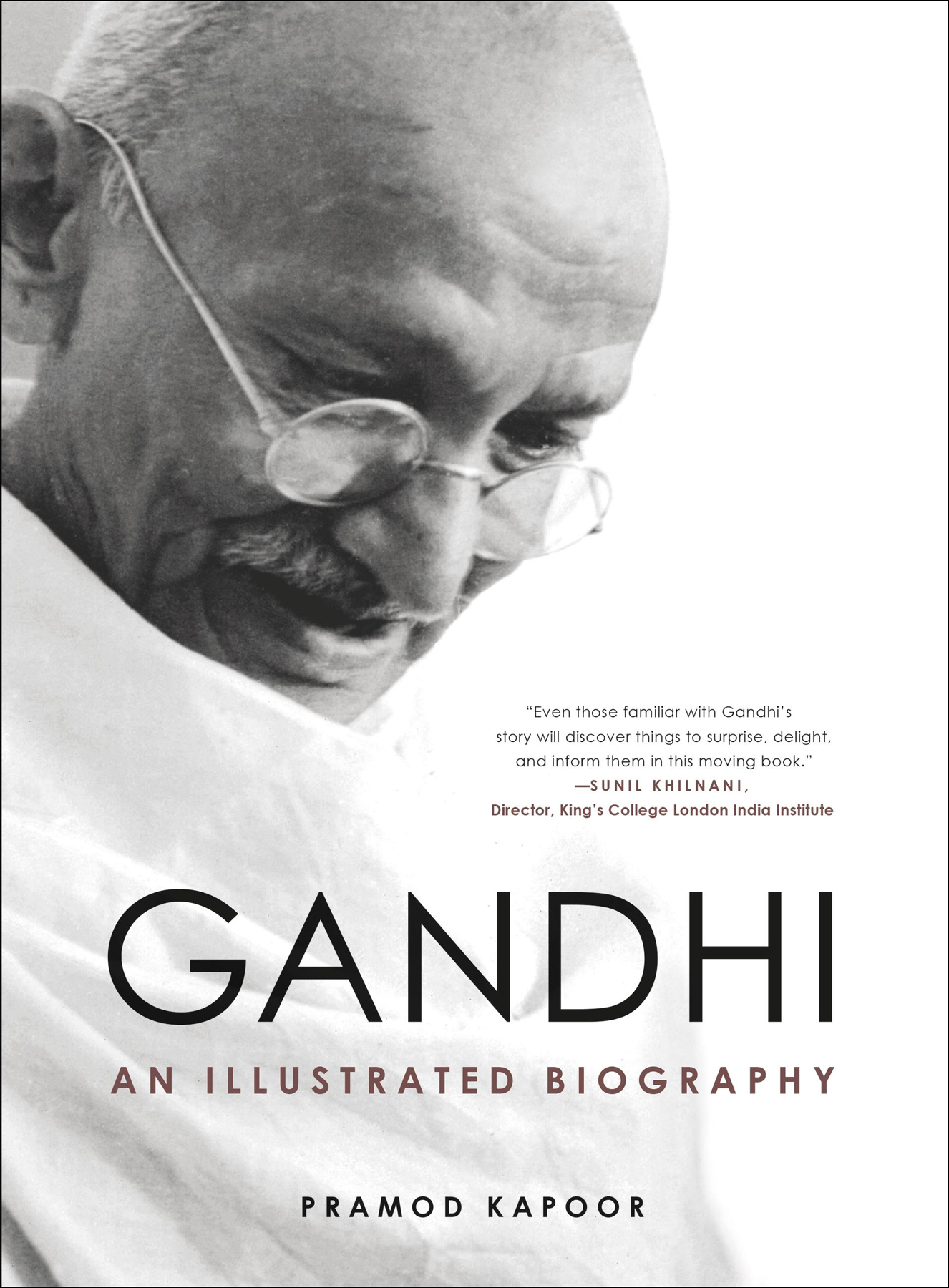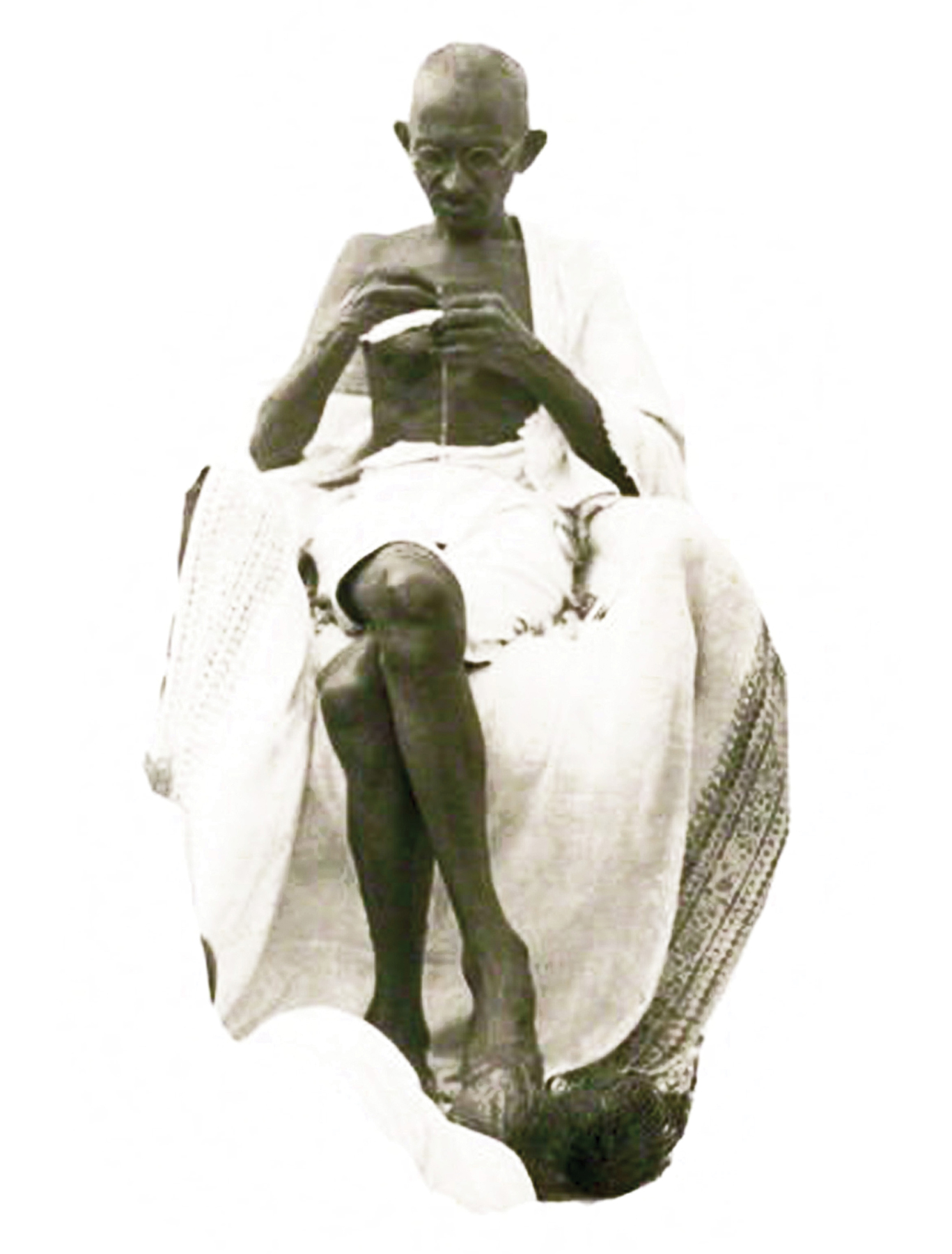Thank you for buying this ebook, published by HachetteDigital.
To receive special offers, bonus content, and news about ourlatest ebooks and apps, sign up for our newsletters.
Copyright 2017 by Roli Books
Cover design by Amanda Kain
Cover copyright 2017 by Hachette Book Group, Inc.
Hachette Book Group supports the right to free expression and the value of copyright. The purpose of copyright is to encourage writers and artists to produce the creative works that enrich our culture.
The scanning, uploading, and distribution of this book without permission is a theft of the authors intellectual property. If you would like permission to use material from the book (other than for review purposes), please contact permissions@hbgusa.com. Thank you for your support of the authors rights.
Black Dog & Leventhal Publishers
Hachette Book Group
1290 Avenue of the Americas
New York, NY 10104
www.hachettebookgroup.com
www.blackdogandleventhal.com
Originally published in 2015 by Roli Books in India.
First ebook edition: September 2017
Black Dog & Leventhal Publishers is an imprint of Hachette Books, a division of Hachette Book Group. The Black Dog & Leventhal Publishers name and logo are trademarks of Hachette Book Group, Inc.
The publisher is not responsible for websites (or their content) that are not owned by the publisher.
The Hachette Speakers Bureau provides a wide range of authors for speaking events. To find out more, go to www.hachettespeakersbureau.com or call (866) 376-6591.
Photo/art credits information is on .
ISBN 978-0-316-55416-9
E3-20170926-JV-PC
TO MAA AND PITAJI
Writing this book brought me closer to them
When I began my research on Mahatma Gandhi, I contacted a number of scholars and thinkers who had made impressive contributions to the literature on him. Some were generous with their time and suggestions; others dismissed my request as a worthless exercise. While the former imparted knowledge, the latter generated an intense inner determination. Both contributed to my experiment with Gandhi, so to them my sincere gratitude.
First, a big thanks to my colleagues who helped in putting this book together. Without very able and diligent support from my colleagues this book would have taken much longer to publish. To Sneha, our most trusted designer, who has been part of our team for nearly 20 years and whom I consider to be the best in the business. To Priya, my editor, whose demanding but very valuable suggestions made this book what it is. And to Neelam Narula, Rayman Gill-Rai and Dipali Singh for their editorial support. Saloni Vaid, a very able photo researcher, followed the leads meticulously and produced images on demand.
Alison Moore, an accomplished editor from the United Kingdom, helped me adapt the Indian edition for international readers. I would like to acknowledge her valuable suggestions and diligent editing. Thank you, Ali.
My friendship with some of the best Gandhian scholars and historians of our time has been invaluable. Among them was Professor Mushirul Hasan, who got me going and encouraged me to pursue the subject. My gratitude also goes to Tridip Surhud, ever helpful and the finest mind on Gandhian literature; and to Dr. Ashis Nandy, who gave me hours of his time, especially at the beginning of the project, and helped me understand some of the most difficult parts of Gandhis story. Thomas Weber was generous with his extensive knowledge and understanding. The piece on the Salt Satyagraha is largely inspired by his writing on the subject and I thank him with a deep sense of gratitude for reading the manuscript. At the very start I had the opportunity to share lunch with Dr. Sunil Khilnani and his wife, Katherine, in London. Their initial appreciation and subsequent critique helped shape the book. My thanks to John Falconer, lead curator, visual arts, at the British Library, for being such a good friend and helping with material I could have never have found without him. I also thank Shahid Amin and feel privileged to have the support of Dr. Vinay Lal, E. S. Reddy, Ken Robbins, Vikram Raghavan and many other scholar friends who have been part of this journey.
From time to time I sent short pieces to my friends and can be accused of using them as my sounding boards. T. N. Ninan, whom I consider the finest newspaper editor, read a couple of pieces. He trashed the first one and suggested ways to improve itI remember how thrilled I was to read his message about the second one, which he called a riveting read. S. Prasannarajan came up with the title My Experiment with Gandhi, which I have used as the title for the introductory chapter in the book. Krishna Prasad, then editor-in-chief, Outlook, who published excerpts of my stories in his magazine, was a constant source of encouragement. Tony Jessudasan, despite his extensive travel and professional commitments, acted as a model reader and came up with very useful suggestions. Then there was Dilip Bobb, a master craftsman with words who helped with rewriting passages and editing them. Thank you, Dilip, for all your hard work and help.
My wife, Kiran, has been an adviser and researcher and has accompanied me all over the world in search of archival material. She has the ability to find unique data and images that I have often overlooked. Thanks are also due to Kapil and Diya for reading the pieces from time to time and for bearing with me at times when I would talk for hours about Gandhiji and nothing else. There is no formal thanks for themmy affection says it all.
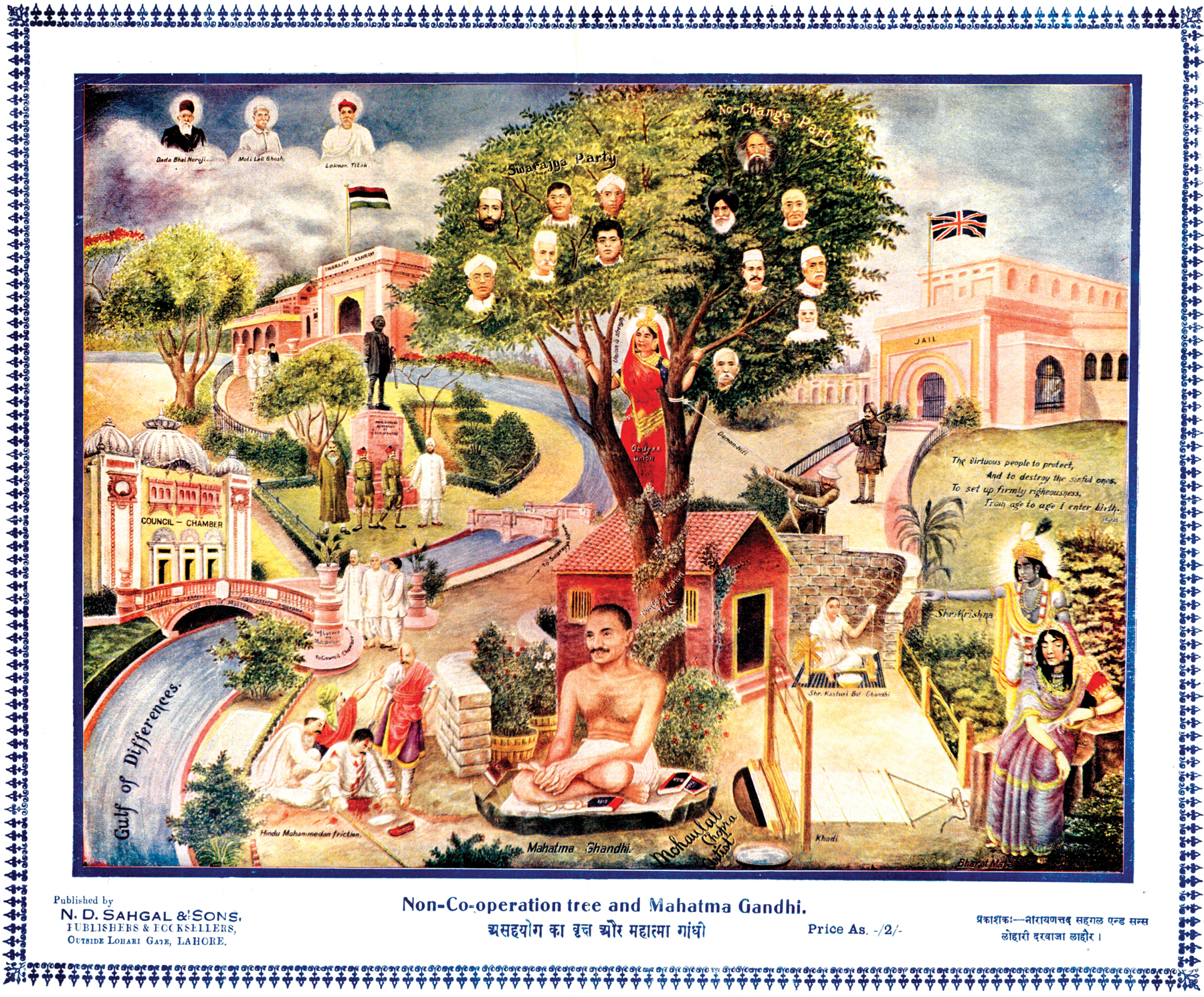
Dissenting pamphlets and posters formed part of the propaganda used during Indias struggle for freedom. Many families who sympathized with the struggle and Gandhis call for civil disobedience hid printing presses in their basements. The non-cooperation tree in the pamphlet above represents two factions: the Swaraj Part (left side of the tree), which was against Gandhis decision to withdraw the movement after instances of violence, and the No-Changers (right side of the tree), who agreed with his view. Barring this minor difference in thought, the two factions shared the same ideology and goal of Purna Swaraj, or complete independence.
MOHANDAS KARAMCHAND GANDHI: A LIFE
| 1869, October 2 | Born in Porbandar, Gujarat. |
| 187980 | Primary schooling at Rajkot, Gujarat. |
| 1882 | Marries Kasturba. |
| 1885 | Father, Karamchand Gandhi, dies at 63. |
| 1888, June | Birth of first son, Harilal. |
| 1888, September 4 | Sails for England for higher studies. |
| 1888, October | Reaches Southampton, England. |
| 1888, November 6 | Joins Inner Temple, London. |
| 1890, June | Passes the London Matriculation. |
| 1890, September 19 | Joins the London Vegetarian Society and becomes a member of the executive committee. |


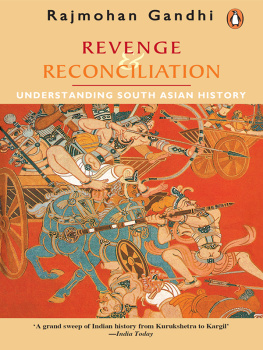
![Gandhi - Gandhi: [the true man behind modern India]](/uploads/posts/book/175484/thumbs/gandhi-gandhi-the-true-man-behind-modern-india.jpg)
